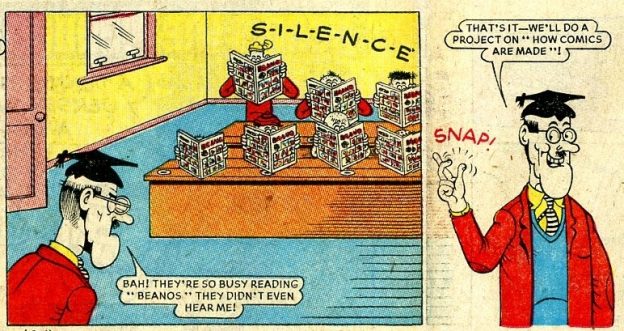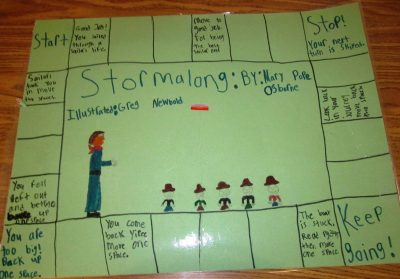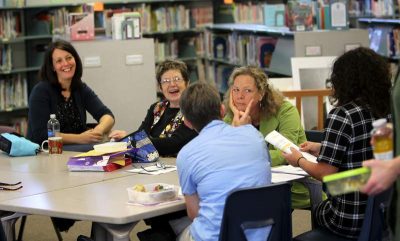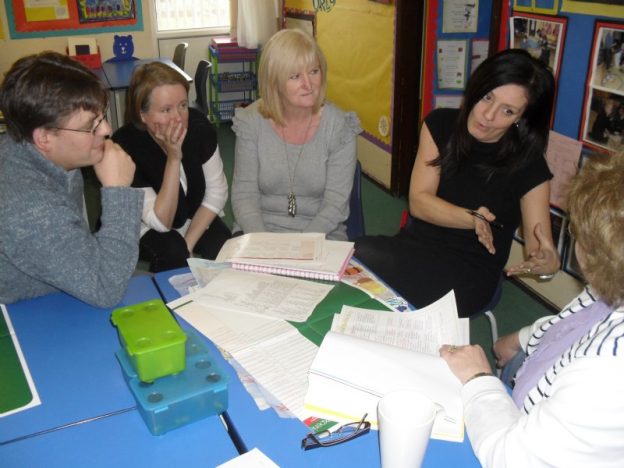We are now heading into the summer term and hopefully warm weather – so here’s a great idea that takes no organising and both you and your class will enjoy!
With all the pressure of tests and curriculum accountability; with report writing looming large and of course all the internal tracking and record keeping, its nice to build in a bit of flexibility into your timetable.
In fact you don’t even have to build it into the timetable – you just decide NOT to do something and do this instead! – and just before you ask…”no it doesn’t replace the P.E curriculum – its just fun times outside in the sunshine!” what could be better?
As the weather warms up there are days when both you and the children look longingly through the windows at the lovely day outside. Inside you are all battling away with some remote and completely boring “parts of speech” in writing that is neither appropriate nor relevant except for its appearance in the curriculum – the summer sun just seems far more appealing!
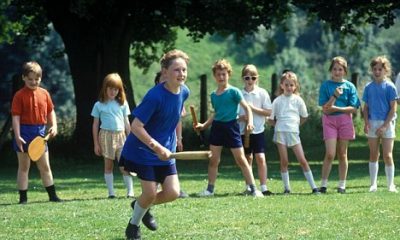
Let’s look at your timetable:
As we all know, the mornings in Primary schools are pretty well structured….usually a starting activity that may last for about 30 minutes before moving in to Maths and Literacy in whatever form this occurs. So it is in the afternoons where we have the flexibility. The afternoons account mostly for the foundation subjects which are spread across the week according to the way that your school balances the curriculum.
This sort of structuring prohibits to a large extent any flexibility within morning sessions so it is to the afternoons where we are looking. From our point of view this is actually much better, as afternoons are more often warmer than the mornings as the day has had a chance to warm up!
Find a box for your class:
 It doesn’t have to be huge but it does have to be strong – so really we are looking at a plastic box rather than cardboard. I am sure if you have a rummage around school you will be able to find a spare box somewhere or even one that is full of rubbish that you can empty and claim! Make sure it has places to grab so that it can be carried easily. If not then take it home (or ask the caretaker) to drill 2 holes at each end and thread some rope through to make handles.
It doesn’t have to be huge but it does have to be strong – so really we are looking at a plastic box rather than cardboard. I am sure if you have a rummage around school you will be able to find a spare box somewhere or even one that is full of rubbish that you can empty and claim! Make sure it has places to grab so that it can be carried easily. If not then take it home (or ask the caretaker) to drill 2 holes at each end and thread some rope through to make handles.

Selecting your equipment:
The equipment that you need to select has to provide for a variety of activities (the reason for this I will explain later). So the types of things you will choose are…
- Frizbees
- A selection of various sized balls
- Skipping ropes
- A few marker cones (x 10)
- 2 x rounders bats
- 4 x short tennis rackets
- Small walking stilts
- 1 x cricket set
- 2 x footballs

Basically its a selection of sports stuff that you can easily take outside and is suitable for the age of your class. Put all this into the box….if you have any equipment like hoops that you wish to take then obviously these will need to be carried separately!
Because you have only small numbers of things then in most cases it will be ok to leave this box in your classroom. If you do need to borrow anything more substantial then of course you will need to return it after use.
So how does it work…what’s the idea behind it?
Its very simple really and something that adds to the school day. If I had to justify it curricular wise then yes it can be unpicked with many objectives covered – but that’s not the point!
The idea is that, as a class, we have the sports box ready and available – if the weather is really nice and sunny we can decide at any time (I always did this in the afternoons…) just to go outside on the field. Yes we cancelled what we were going to do and just went out!
I found the best time that suited me was around about 2.00p.m / 2.15p.m for about 40 minutes. In this way we could get an hours session in the afternoon (so it was productive) but I could also then say ” ok….let’s go out!”
No need to get changed – if its hot then obviously we wore caps (and cream if necessary) but we just picked up the box and went out.
Don’t organise a thing!
No need to organise anything – just take the box out onto the field and let the children play in the warm sun. There are times when you may wish to do – say a game of rounders but don’t feel pressurised to even do this.
The children will love playing outside in the sunny weather – they can do whatever they wish with the equipment and all you have to do is wander about and check everything is running smoothly. The only thing I ever organised was a cup of tea with my T.A – and to be honest we used to stand and chat.
Because you have the box sorted there is no organising and collection of equipment and because we don’t get changed it is simply a matter of stopping what you are doing and going outside!
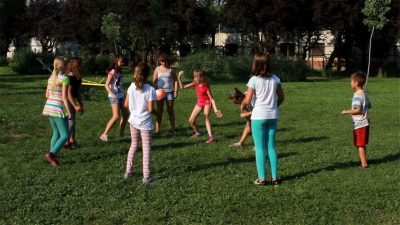
Why it is so good to do:
There are many reasons I can think of:
- It takes no organising and you don’t need to plan!
- Its great to get outside in the warm sunshine and away from the classroom
- Its informal and enjoyable
- Its relaxing for the children in your class
- The whole class steps away from the academic curriculum and simply enjoys each others company and being together.
- Children can be children
- Its also very relaxing for you as the teacher to step away from classroom pressures!
It’s not something that happens all the time of course – and it does not replace the P.E curriculum. But it’s great just to suddenly decide to drop what you had planned and go outside simply because “it’s such a nice day!”
So as the weather warms up – start filling your sports box and get out there in the sunshine, have fun, enjoy yourself and “catch some rays!”
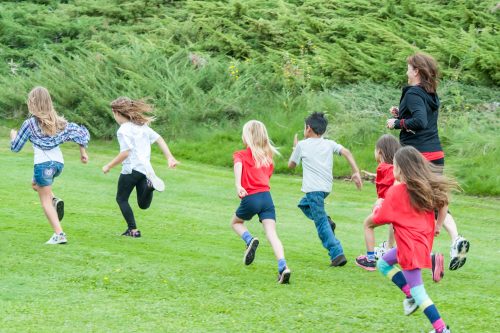
Charles




